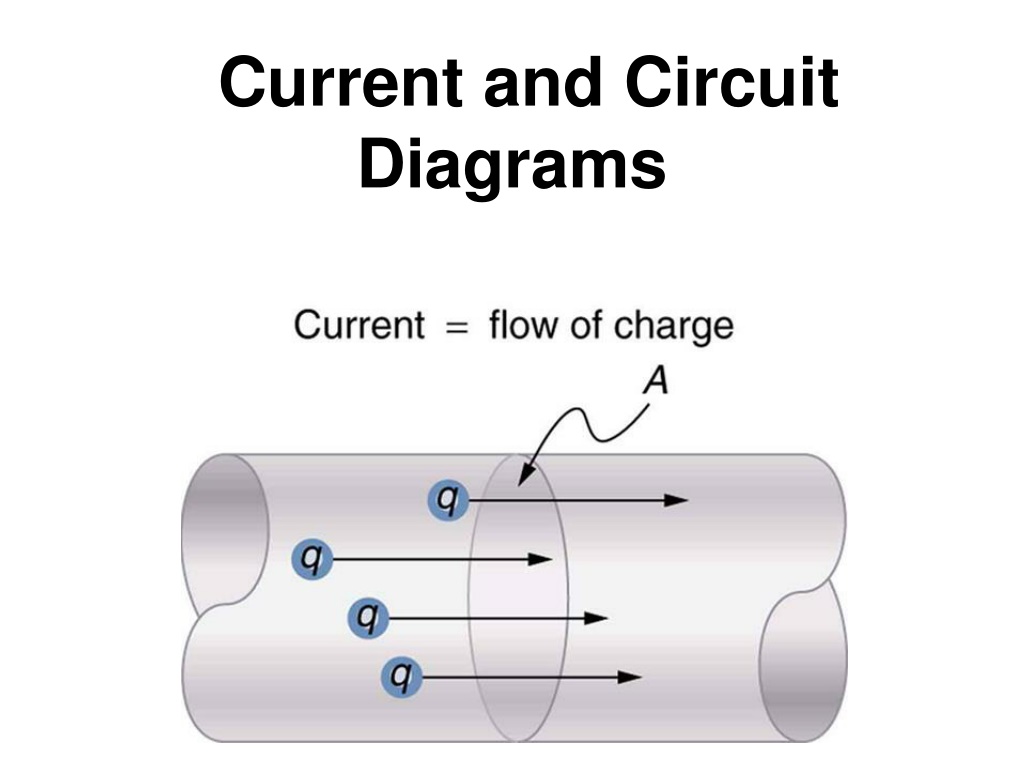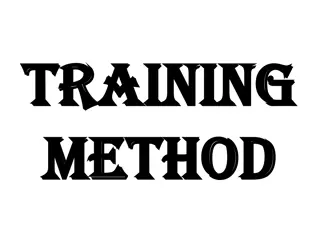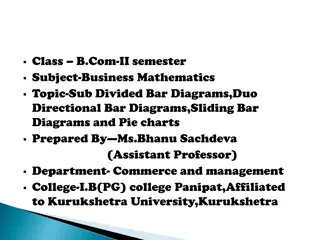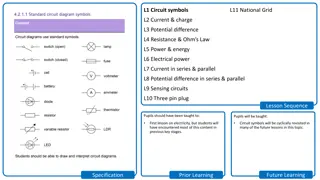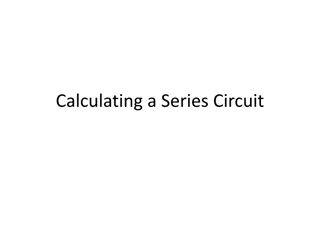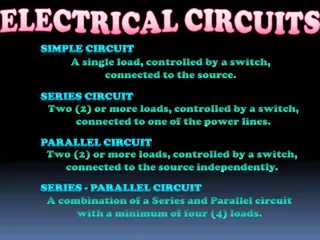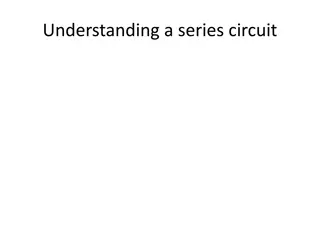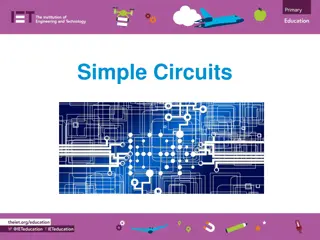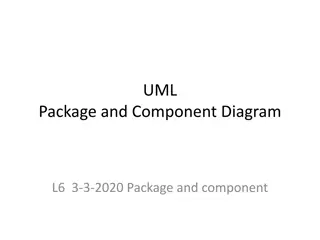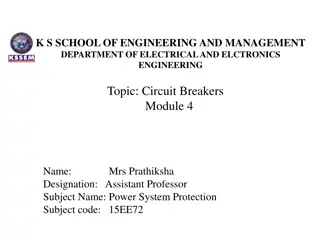Understanding Current and Circuit Diagrams
Current is the flow of electrical charge, measured in amperes. It flows from positively charged to negatively charged sources, while electrons flow in the opposite direction. Conductors allow charge to flow easily, while insulators do not. Circuit diagrams show how a circuit works, with a battery as the power source, switches controlling current flow, and objects like light bulbs being powered.
Download Presentation

Please find below an Image/Link to download the presentation.
The content on the website is provided AS IS for your information and personal use only. It may not be sold, licensed, or shared on other websites without obtaining consent from the author. Download presentation by click this link. If you encounter any issues during the download, it is possible that the publisher has removed the file from their server.
E N D
Presentation Transcript
Current and Circuit Diagrams
What is current? When matter has an unequal number of protons (+) and electrons (-) it becomes charged. Two objects of different charge that come into contact with one another will cause a flow of charge known as current.
Current is the rate of flow of electrical charge and is measured the unit ampere (A) or amp.
Current always flows from a positively charged source to a negatively charged source. + - However, electrons always flow from negative (high concentration of electrons) to positive (low concentration of electrons). - +
Conductors and Insulators Electrical Conductor Charge can flow easily. Electrical Insulator Charge cannot flow easily.
Why are some good conductors? Conductors electrons that are not tightly bound and free moving. do to the sea of electrons.
Watch this weird guy explain current.
Circuit diagram A battery is the power source. A circuit must start and end at the battery
Circuit diagram A switch controls the flow of current. When the switch is closed, current can flow. When its open current cannot.
Circuit diagram Most circuit diagrams use a light bulb as the object being powered. This can include any object from TV's to coffee makers.
Circuit diagram Current flows from positive to negative. Electrons flow from negative to positive.
AC vs. DC Power Electrical power is often defined in the manner that it flows: Alternating current (AC) flows back and forth Direct current (DC) flows in only one direction
Use the worksheet provided that looks like the table below to take notes on the following video. Alternating Current (AC) Direct Current (DC) Properties / Definition Advantages Disadvantages
